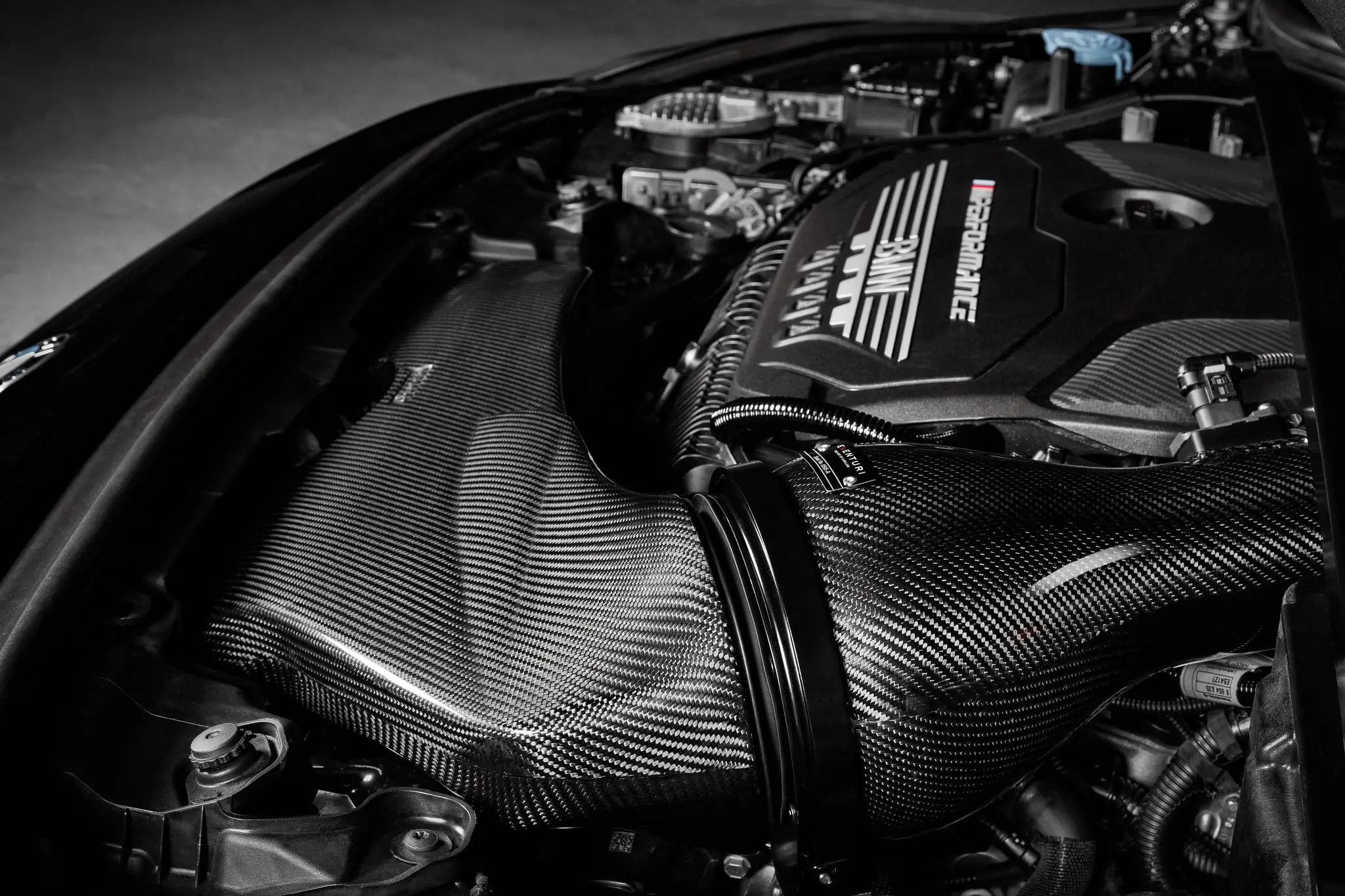
Engine air intake: operation, optimisation, maintenance
Engine air intake plays an essential role in your vehicle's performance. Good airflow management increases the engine's power, torque and overall efficiency. In this comprehensive FAQ, find out everything you need to know about how air intake works, the different types of filter (sport, direct, dynamic), the benefits of each solution and techniques for optimising internal combustion. This guide will help you choose the right intake system to optimise your engine, while improving its reliability and longevity.
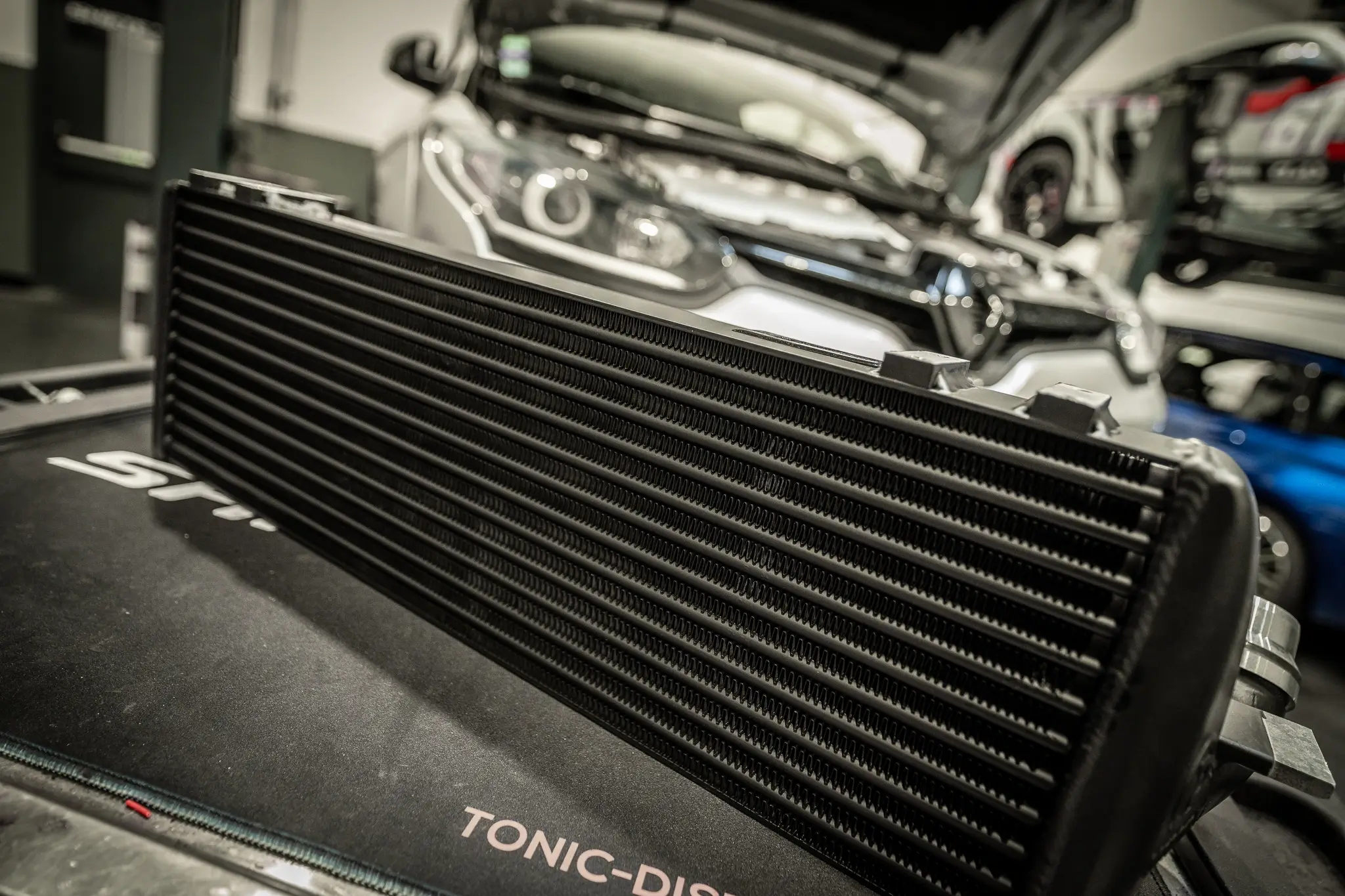
What is an air intake?
The combustion process in an engine requires three key ingredients:
- An energy source (petrol, diesel, E85, etc.)
- An oxidiser, represented by the oxygen in the air.
- A spark, which triggers the reaction.
So, to carry out this combustion reaction, oxygen-rich outside air must be brought into the engine to provide the necessary oxidant. This is where the air intake system comes in.
The air intake system fulfils three essential functions:
- Capture air from outside
- remove impurities and debris through a filter
- Conveying the filtered air to the engine (combustion chamber)
As soon as the air is drawn in from outside, it passes through the airbox. This is fitted with a filter designed to capture and retain as many particles as possible, preventing them from entering the engine and potentially impacting on the combustion chamber.
But not all filters are created equal. A highly restrictive filter, while effective at trapping particles, can also reduce airflow, thus limiting engine power.
conversely, a filter with a high airflow capacity improves engine performance.
Its good condition is crucial to your engine's optimum performance. To work properly, your engine needs good quality air, which is then mixed with the fuel. An intake system with a dirty or faulty filter will have a detrimental effect on performance, leading to over-consumption of fuel and even, in the most serious situations, premature engine damage.
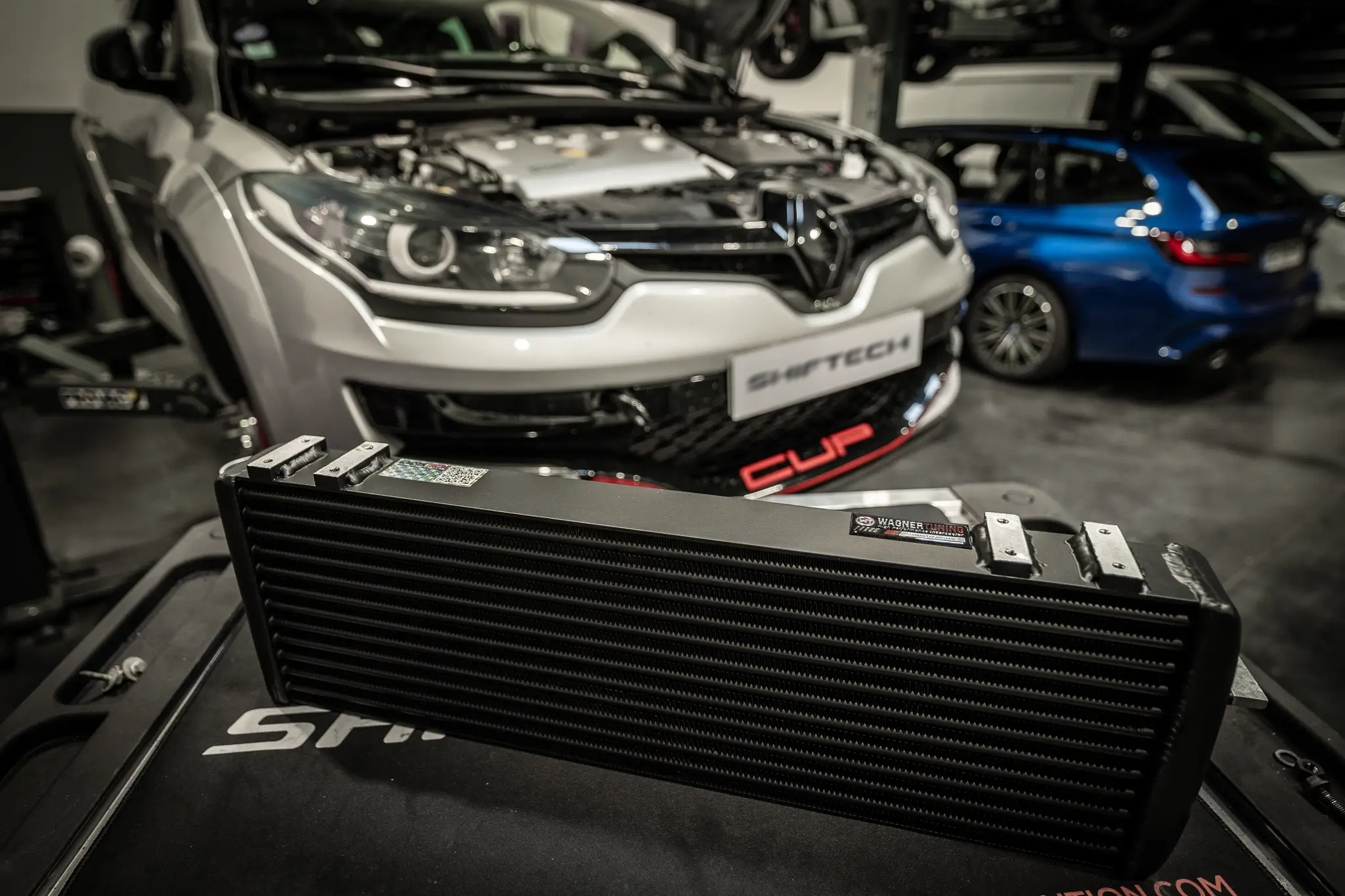
Why optimise my admission?
Air intake is at the heart of your vehicle's performance. It has a direct impact on the power and torque the engine can deliver. The main objective is to get a large quantity of oxygen into the cylinders for the best possible combustion. Think of your engine as an athlete; to run at its full potential, it needs to breathe deeply. So optimising the quantity of air is essential to your engine's optimum performance.
But it's not enough simply to increase air flow; it's just as crucial to maintain the right temperature. When air heats up, it expands and loses density. By letting cooler air into the cylinders, we increase its density and therefore the amount of oxygen available for combustion. This optimised combustion results in a more powerful and efficient engine. As a result, particular attention must be paid to regulating the temperature of the intake air to ensure the best engine performance.
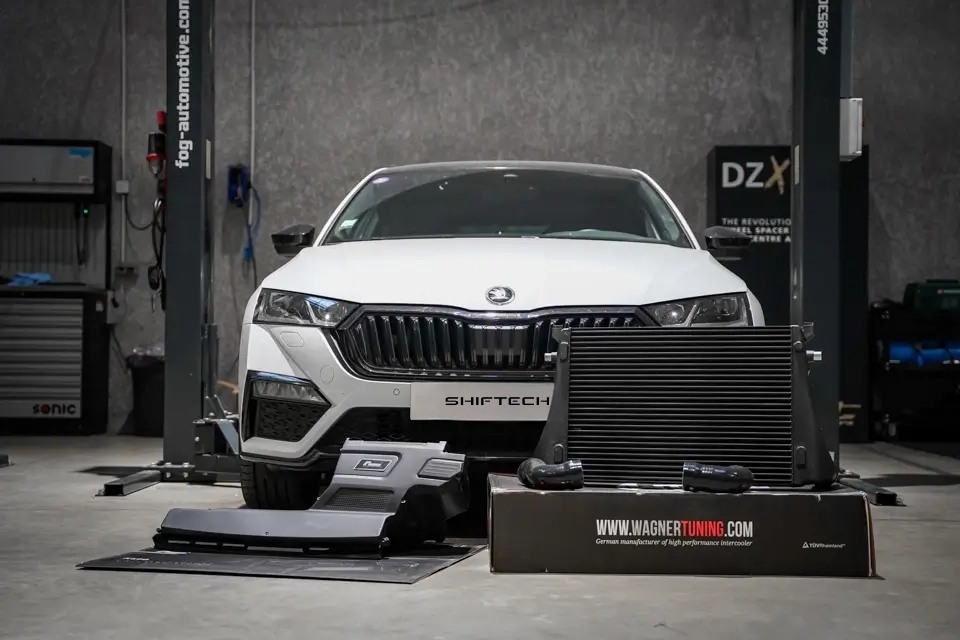
How can I optimise my admission?
To boost your engine's performance, here are three techniques for optimising the air intake:
- Replacing the original air filter with a sports air filter, while keeping the original airbox;
- Replace the original airbox with a direct intake kit, more commonly known as a 'cone';
- Replace the original airbox with a dynamic intake kit.

Sport air filter
The sport air filter is fitted in place of the original air box. Although at first glance it may appear to be a simple conventional air filter, its technical characteristics make it a much more effective air filter than the original one. Where a standard filter is mainly made of paper, the sports air filter is made from cotton gauze, foam or an innovative combination of synthetic materials, optimising air flow.
The result? Enhanced performance and improved responsiveness. The engine breathes better, improving combustion, which translates into more power and torque. Fuel consumption is also reduced. One of its major assets is its longevity: there's no need to replace it every time you change the oil. It's built to last, requiring only regular maintenance. Simple post-cleaning lubrication ensures optimum filtration capacity.
And make no mistake: despite its 'sport' name, this filter is not just for sports cars. Even your everyday vehicle can benefit from this improvement.
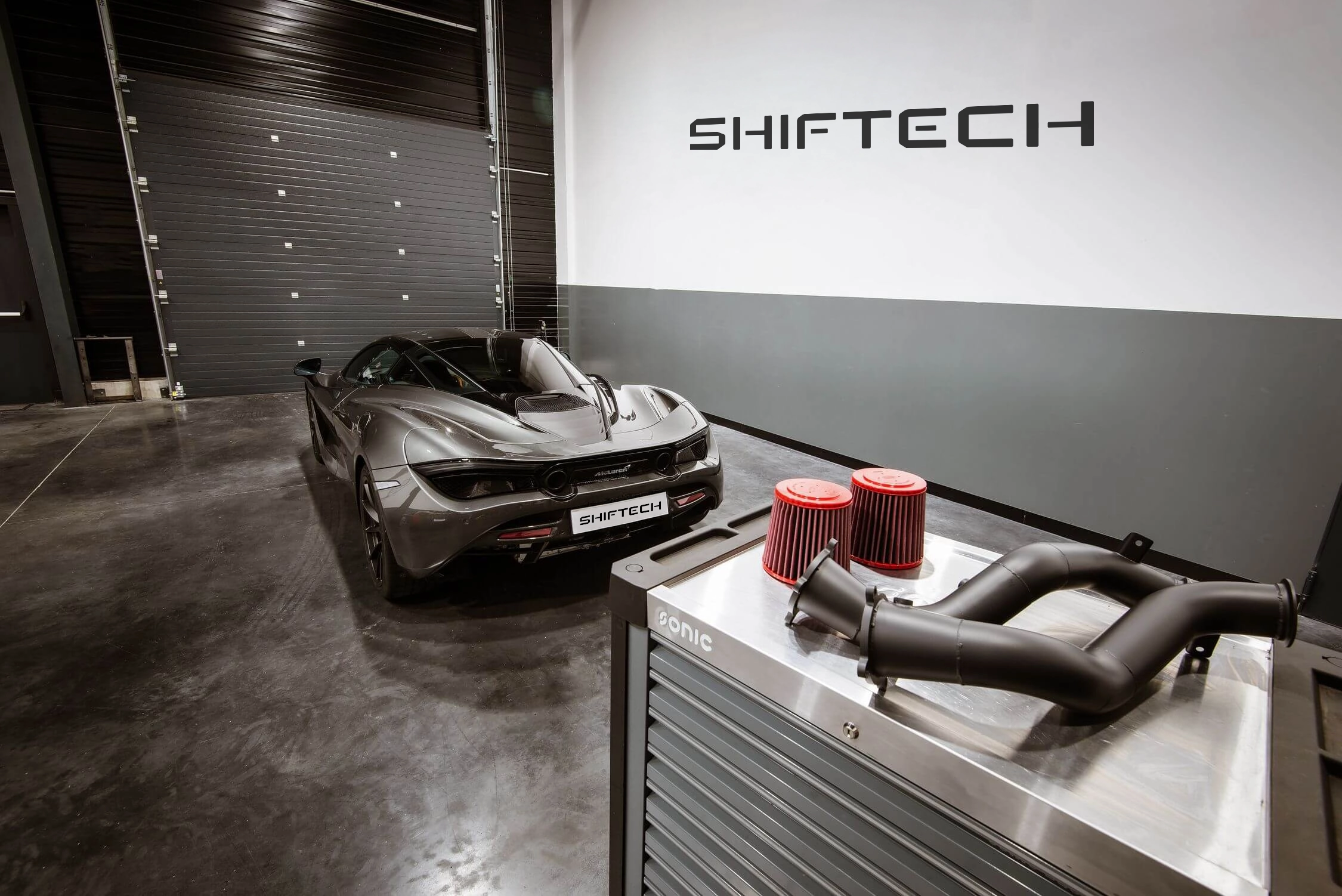
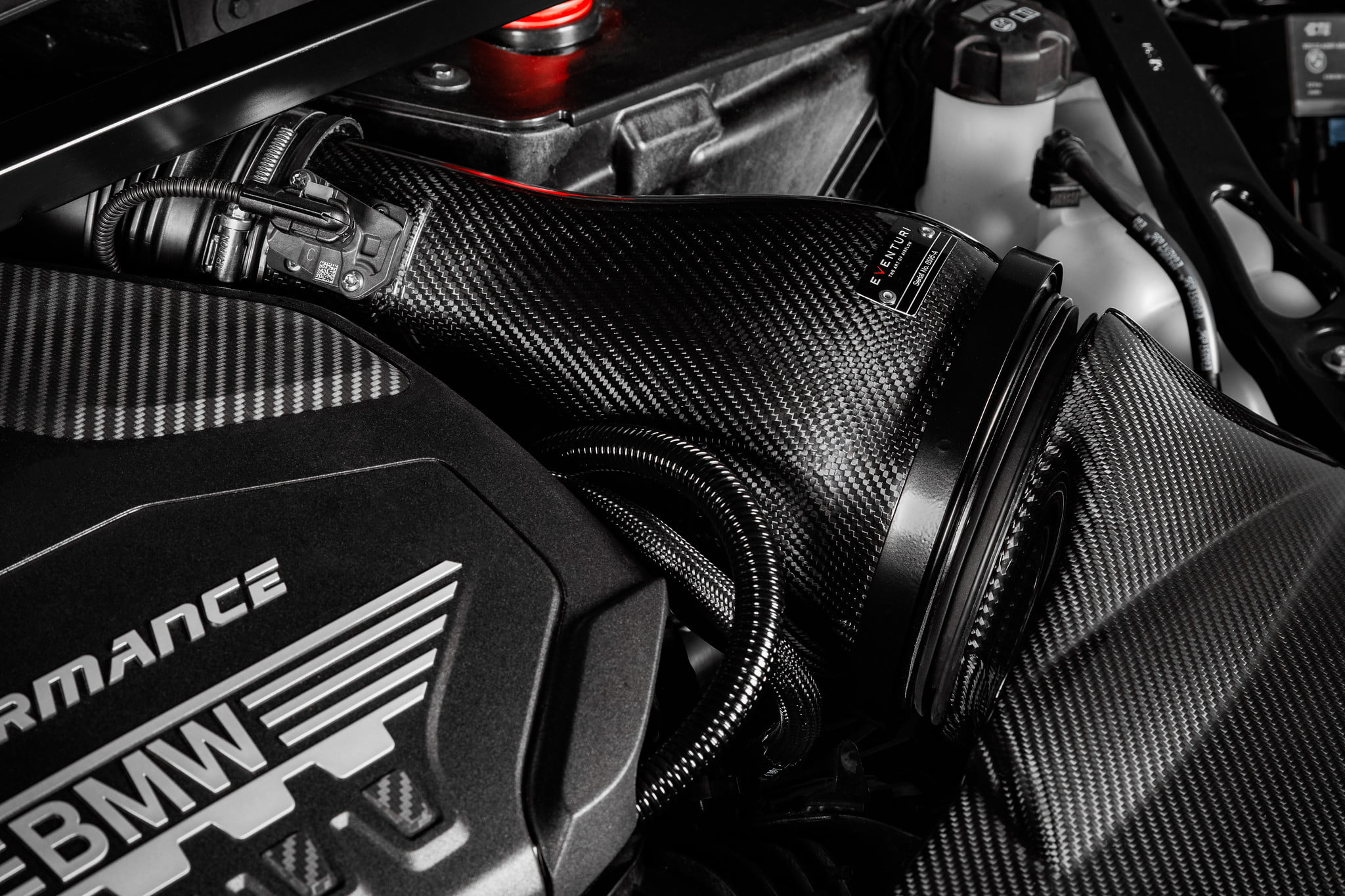
Direct air intake (cone)
The direct air intake kit, also known as a 'cone', replaces the original airbox. It is fitted directly to the engine's air intake, doing away with the existing system entirely. The cone collects air in an omnidirectional way (360°), guaranteeing a superior supply of air to the engine. However, if the cone is positioned too close to the engine or in a restricted compartment, it can draw in hot air, compromising performance. Thermal protection kits are available to alleviate this problem.
With direct air intake, expect a rise in decibels. Removing the original airbox makes the engine sound louder under acceleration.
Dynamic intake
Designed to optimise the flow, pressure and cooling of the air supplied to the engine, the dynamic air intake kit uses an innovative combination of filters, deflectors and high-volume ducts. The aim? To increase standard air flows and lower intake temperatures by removing the restrictions of the original airbox.
Compared with a direct air intake kit or an original airbox, the installation of a dynamic air intake will be more effective and will stand out in several respects. Dynamic air intake kits draw their air from the front of the vehicle, where it is freshest and most abundant. The magic lies in the aerodynamic design, refined in the wind tunnel: the air flow is accelerated thanks to a venturi effect, guaranteeing a greater volumetric supply of air to the engine.
The result? An engine that offers more torque, more power and greater reliability.
The use of high-quality materials such as carbon fibre ensures an ideal intake temperature. And it's not just a question of performance - it also brings a refined aesthetic to the engine compartment
And it's not just about numbers and efficiency. The dynamic airbox adds a sporty sound to the driving experience. This soundscape enriches the overall experience, making it both more immersive and more enjoyable.
Comparison of air intake types
| Type of intake | Advantages | Disadvantages | Performance |
|---|---|---|---|
| Sport air filter | - Easy to install - Reusable - Improved airflow |
- Requires regular maintenance | ⭐⭐⭐☆☆ |
| Direct intake (cone) | - Improved engine sound - Increased torque - Quick installation |
- Risk of sucking in hot air if incorrectly positioned | ⭐⭐⭐⭐☆ |
| Dynamic intake | - Optimised cold air flow - Venturi effect - Premium materials (carbon) |
- Higher cost - More technical installation |
⭐⭐⭐⭐⭐ |
How do I maintain my sport air filter?
A sports air filter is distinguished by its longevity, far surpassing that of conventional paper air filters. However, this longevity does not mean that they are maintenance-free. To ensure optimum performance and prevent clogging, regular maintenance is essential.
Here are the key steps to keeping your sports air filter in top condition:
- Dismantling: Start by removing the intake kit and/or filter.
- Cleaning: Use a mild detergent to gently clean the filter, removing dirt and debris.
- Rinsing: Under a stream of clear water, rinse the filter thoroughly to remove any detergent residue.
- Drying: It is vital to allow the filter to dry naturally in the open air. avoid direct heat sources or hairdryers, as they could damage the filter fibres.
- Oiling: Once the filter is dry, apply a specific oil (according to the manufacturer's recommendations) generously and evenly over its entire surface. This oil retains fine particles while allowing air to pass through.
- Refitting: Once the filter has been properly oiled, refit it in the intake kit or return it to its original position.
By following these steps, your sports air filter will maintain its performance and durability, while ensuring optimum air flow for your engine.
